- ABOUT IHSSABOUT IHSS
- PEOPLE
- NEWS & EVENTSNEWS & EVENTS
- RESEARCHRESEARCH
- FELLOWSHIPS & GRANTSFELLOWSHIPS & GRANTS
- TEACHING & LEARNINGTEACHING & LEARNING
- PUBLICATIONSPUBLICATIONS
Title:
Sinophiles and Sinophobes: Medical Debates and Medical Philology in Tokugawa Japan
Professor Benjamin A. Elman
October 6, 2016
4:30 pm – 6:00 pm
Venue:
Lecture Hall, G/F, May Hall, The University of Hong Kong
Language:
English
Enquiry:
(Tel) (852) 3917-5772
(Email) ihss@hku.hk
Benjamin Elman is Gordon Wu ‘58 Professor of Chinese Studies, Professor of East Asian Studies and History, and former chair of the Department of East Asian Studies, Princeton University. Professor Elman works at the intersection of several fields including history, philosophy, literature, religion, economics, politics, and science. His ongoing interest is in rethinking how the history of East Asia has been told in the West as well as in China, Japan, and Korea. He is currently studying cultural interactions in East Asia during the 18th century, in particular the impact of Chinese classical learning, medicine, and natural studies on Tokugawa, Japan, and Choson, Korea. The editor, author, or co-author of Numerous publications, Professor Elman’s recent books include Classicism, Examinations, and Cultural History (2010); A Cultural History of Modern Science in China (2009); and a co-authored textbook, Worlds Together, Worlds Apart: A History of the World from the Beginnings of Humankind to the Present (2008) . Professor Elman has also been effective in building relationships between Princeton University and institutions in East Asia, and has taught extensively at Fudan University in Shanghai and the University of Tokyo.
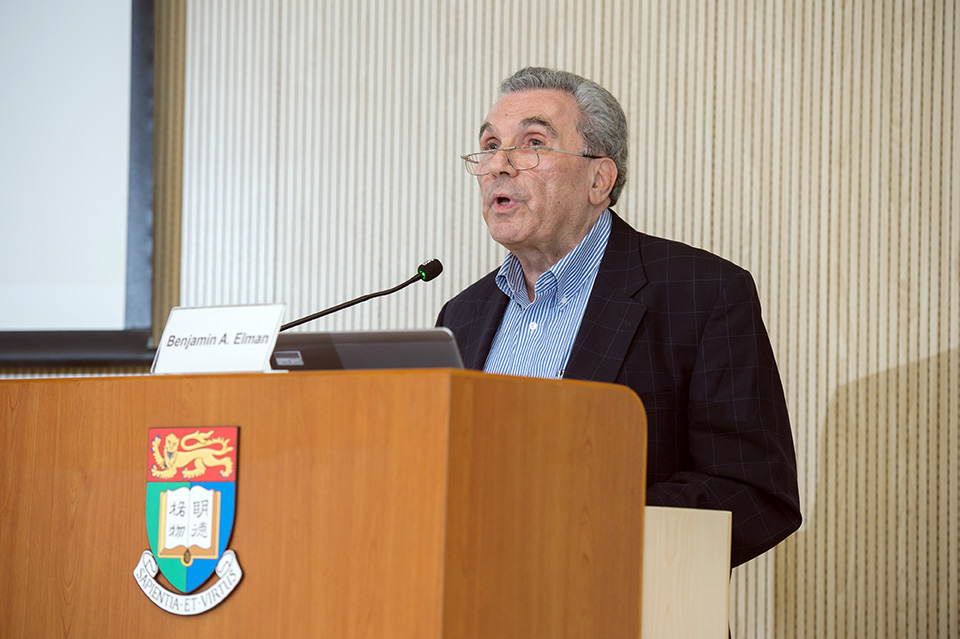
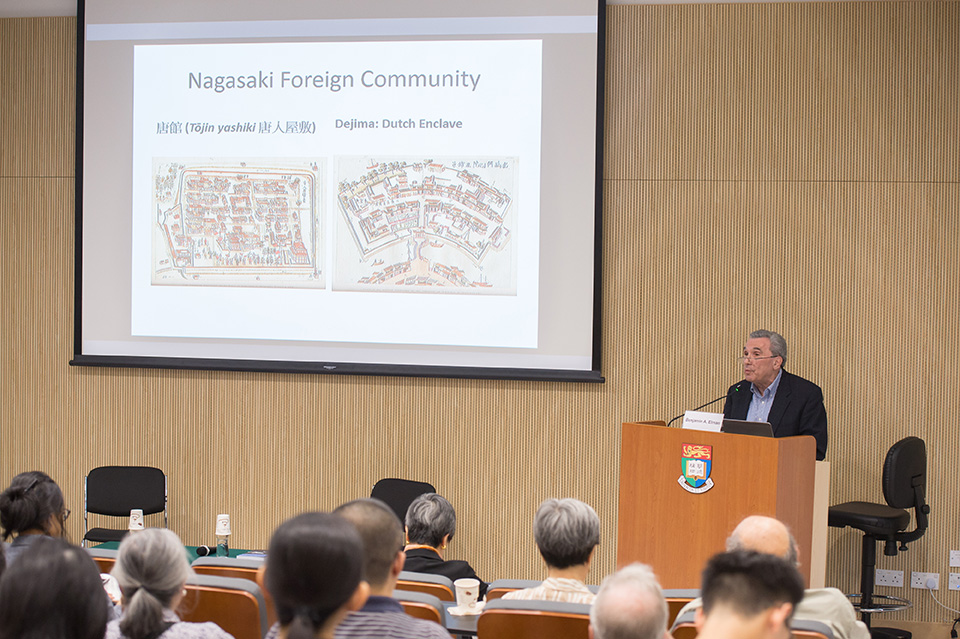
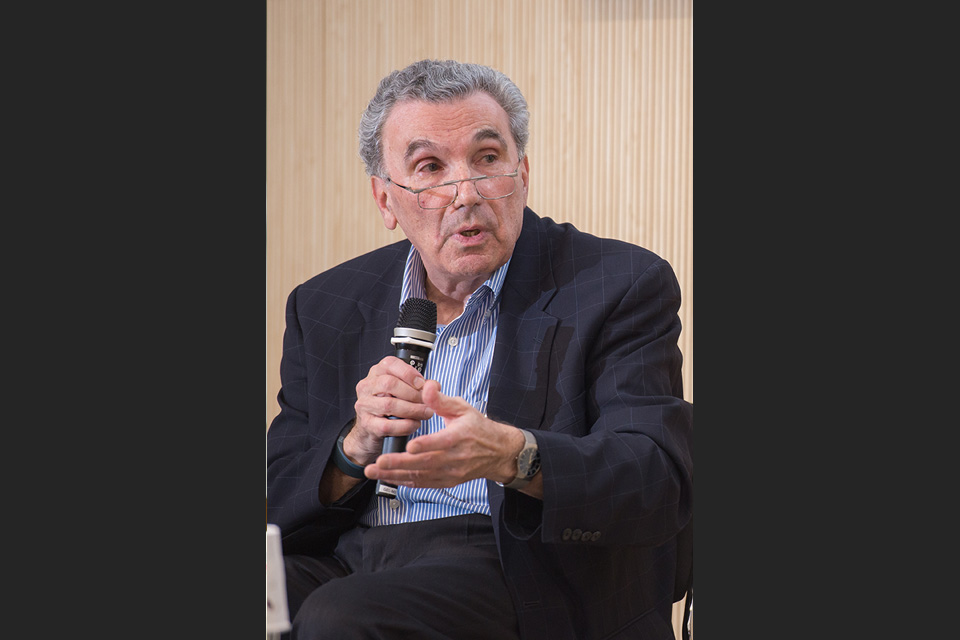
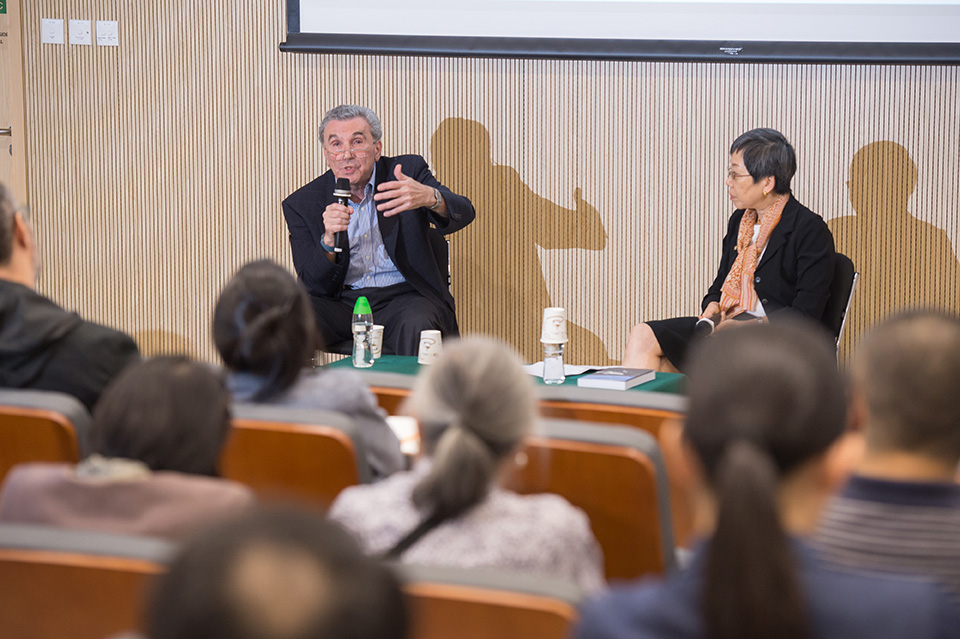
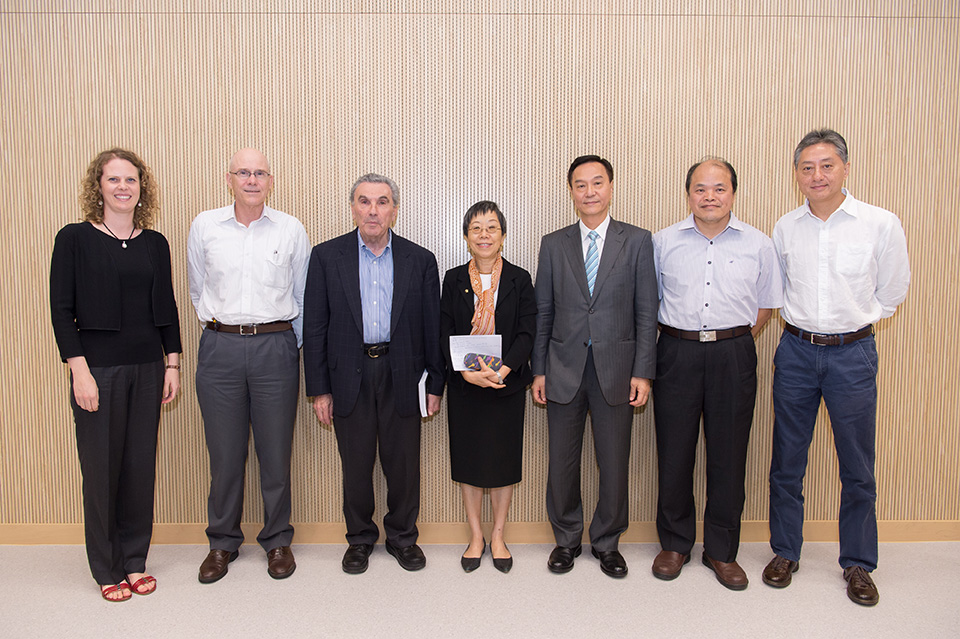
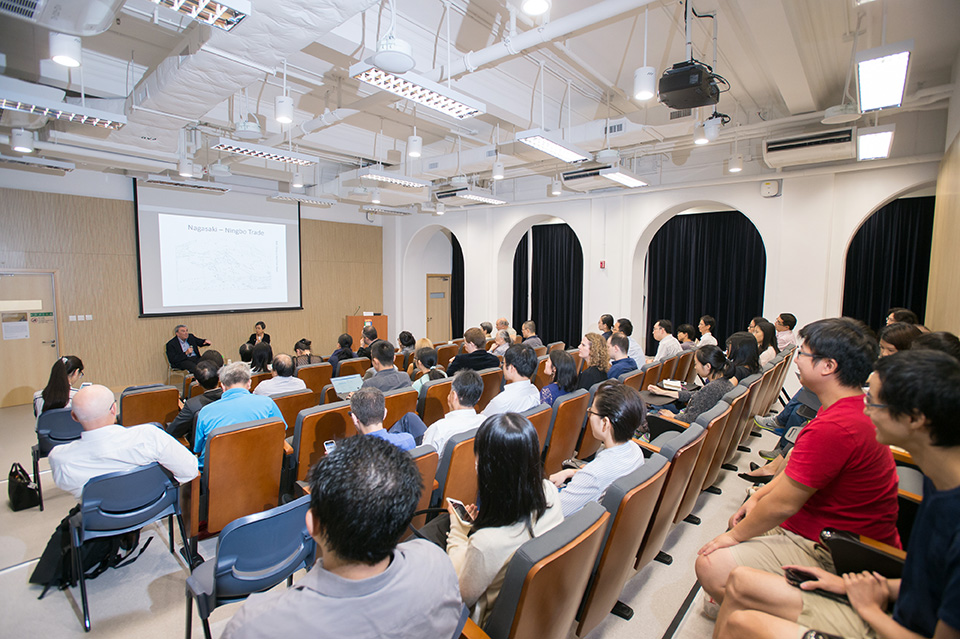
Copyright © 2025 Hong Kong Institute for the Humanities and Social Sciences, The University of Hong Kong. All Rights Reserved.